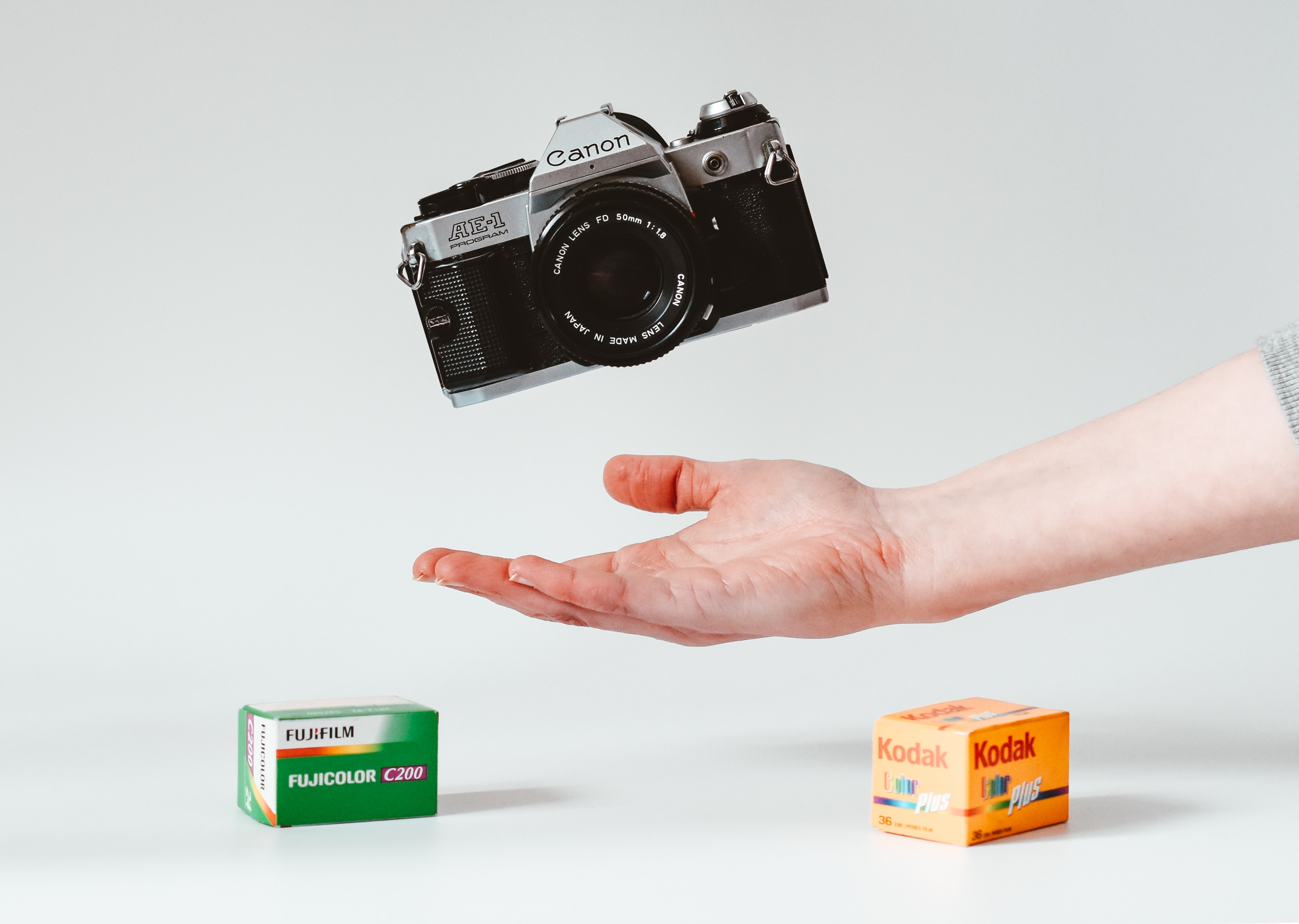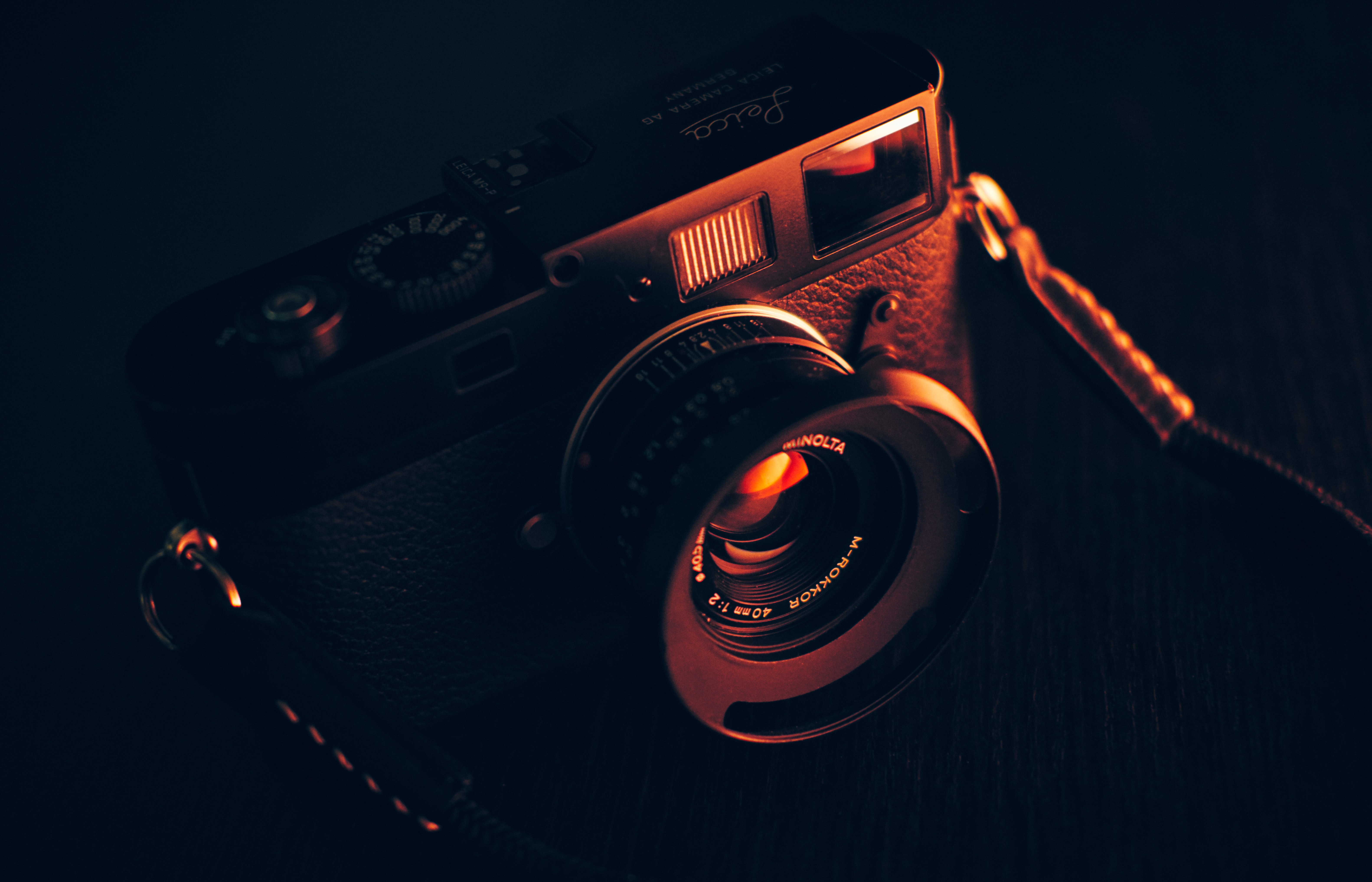Tutorial: A few quick tips on how to photograph the night sky, by Phil Hart.
Phil Hart won the Wide-Field category at the Astrofest David Malin Awards, Canon Australia caught up with Phil to get a few tips on how to shoot the night sky. From a sturdy tripod to the perfect lens settings, Phil’s advice will help you avoid some of the most common mistakes and set you on track for some really great nighttime images.
A few things to keep in mind when you are getting ready for your night sky shot:
- Stability is everything: Use a nice stable tripod. If possible, use a remote or even set your camera’s self-timer as well. The idea is that your camera is perfectly still with no movement at all, even the slightest movement from pressing the shutter button can put your image out of focus.
- Shutter Speed: Unless your plan is to create star trails it’s better to try and stick to a shutter speed between 15 and 25 seconds. Anything above that will start causing the trails – also a nice effect, but a completely different picture altogether.
- Aperture: The bigger the aperture the better. If you can go for a nice low number, for example, f/2.8. If you can go even lower that would also be great. The idea is to let as much light in as possible.
- Camera Noise: Set your camera at a nice high ISO, something between 2000 and 5000. It is quite important to know your camera’s capabilities here, as some cameras will cause more noise or grain than others.
- And our last tip: Just get out there and experiment! Try different locations, settings, styles – it’s the only way to learn and the only way to improve your photography.
Other Posts You Might Enjoy:
“DarkSky One” by Neil Burnell
Astrophotography with Panorama Stitching
How to Post Process the Milkyway in Lightroom
Night Sky: Long Exposure Time-Lapse by Brad Goldpaint








